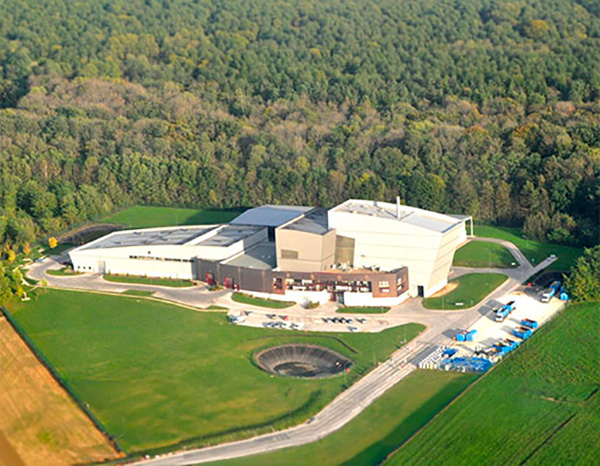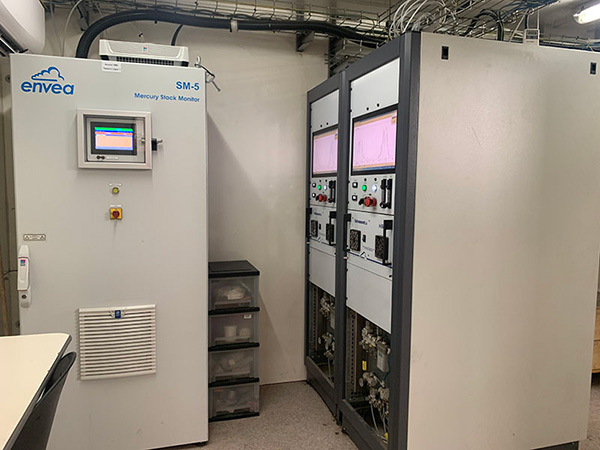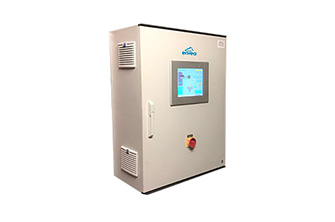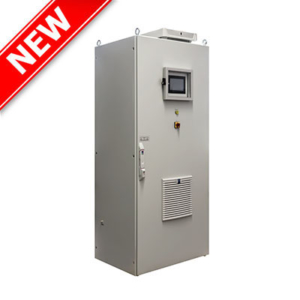
Interview with Mr Rémy Dubois, Director of the de Noidans le Ferroux WtE plant
Can you give us a brief overview of the site?
Our plant features an incineration line based on an oscillating concrete furnace, with a flue gas treatment process that includes a bag filter with bicarbonate injection to absorb acid pollutants (SO2), lignite coke for the heavy metals and urea for the NOx treatment.
The site is equipped for regulatory measurements of dioxins, gases (NOx, HCl, NH3, Hg…) and dust, using ENVEA MIR FT and QAL 181 analyzers. The monitoring system is supported with ENVEA WEX™ data acquisition and processing system.
How did you approach compliance with the waste incineration BREF (Best Available Technique Reference document) standard for mercury monitoring?
In 2021, to prepare for compliance with the new BREF, the management decided to commission a one-off upstream/downstream mercury measurement campaign.
Having previously worked with ENVEA at another site, for an identical campaign that went very well, I suggested that SYTEVOM call on your company.
The rental, for a period of just over 2 months in 2022, involved the installation of a measurement system including an SM-4 analyzer for upstream measurement and an SM-5 analyzer for stack measurement.
The aim was to monitor mercury emissions upstream and downstream of the flue gas treatment process, to anticipate any modifications to be made to the plant. Notably, for example, in terms of injecting lignite coke into the process.
The results were very positive, with average daily mercury emissions measured at 1 to 2 µg/Nm3, which are well below the ELVs (Emission Limit Values) imposed by the BREF of 20 µg/Nm3 average/day. As a reminder, the BREF also recommends monitoring at limit values of 40 µg/Nm3 per half-hour.
Following this successful measurement campaign, and to optimize our compliance process, ENVEA suggested we purchase the SM-5 for stack measurements, thus avoiding uninstalling the analyzer and then reinstalling a new one. SYTEVOM followed our lead and approved the purchase of the SM-5.
Are you satisfied with the measuring system?
The SM-5 system passed the QAL2 test and the half-yearly sampling carried out by the COFRAC-accredited organization, corresponding perfectly to the measured values, confirming our confidence in the quality and reliability of these measurements.
Are you fully compliant with BREF waste incineration standards?
Almost, all that’s remaining is the installation of the WEX software regulatory compliance module to take account of NOC/OTNOC (Normal Operating Conditions/Other than Normal Operation Conditions). This will be completed by 12/31/2023, the deadline for regulatory compliance.
Finally, what can you say about the support provided by the ENVEA teams?
I’ve known the Group for a long time, and what I appreciate most about ENVEA is the listening skills, availability and, in particular, the technical competence of my contacts. The regulatory requirements linked to emission controls, with ever-lower ELVs, means that the equipment is becoming more and more like Formula 1, combining high sensitivity and high technology, therefore highly complex to control. In this respect, ENVEA’s support is remarkable.



